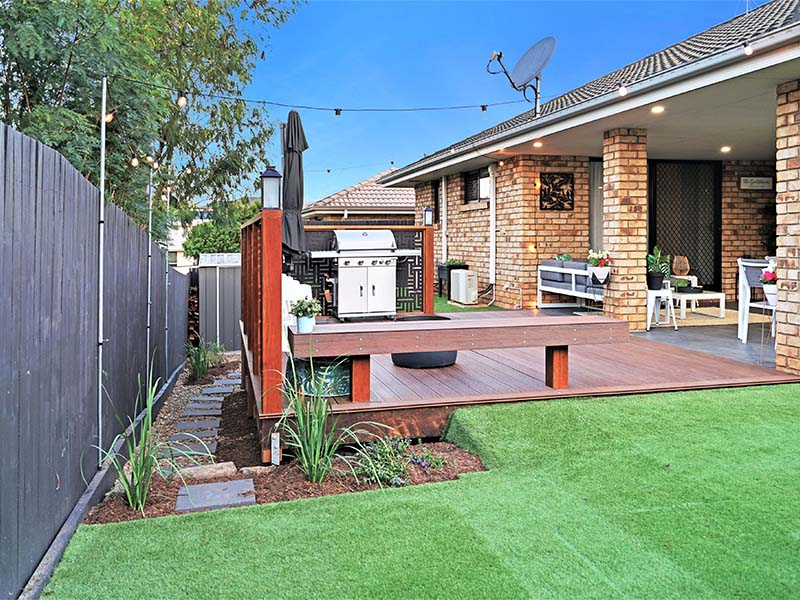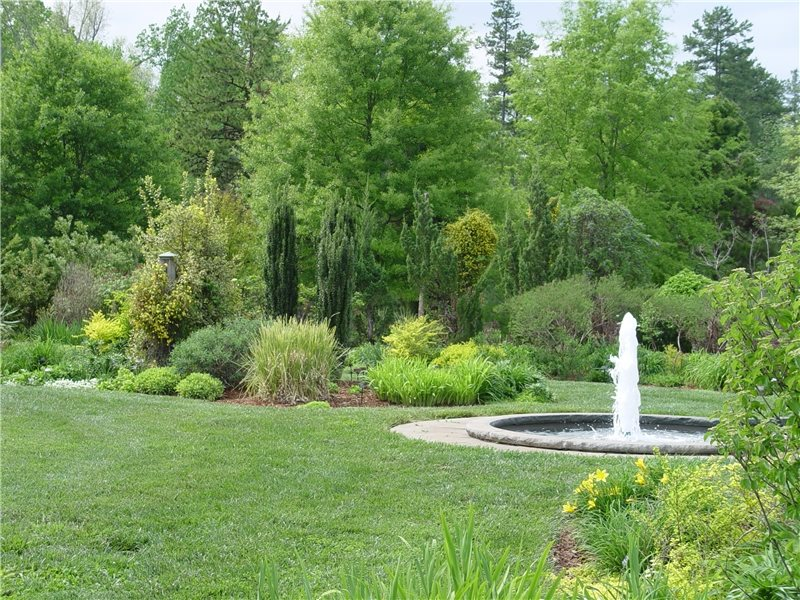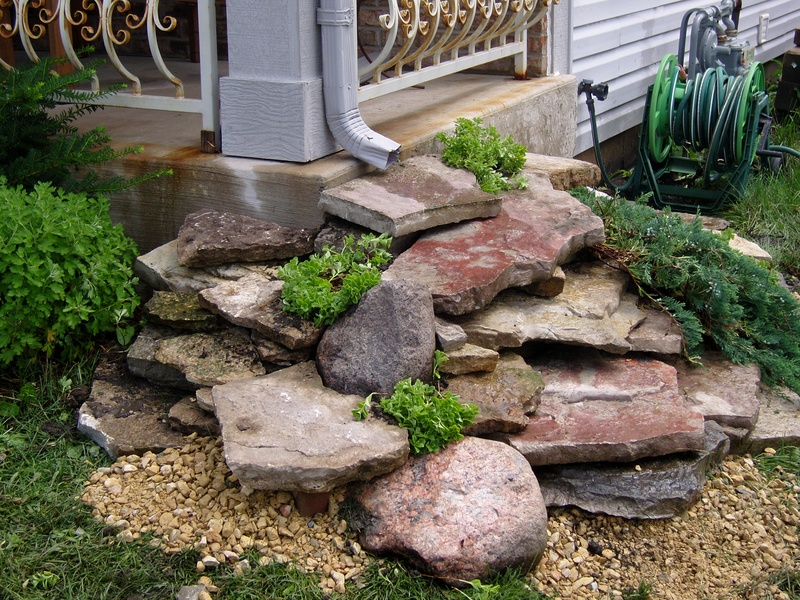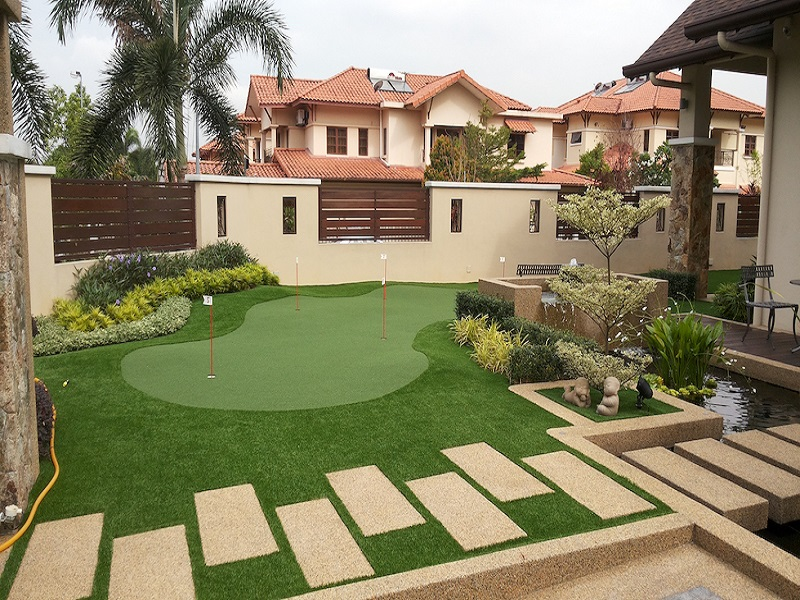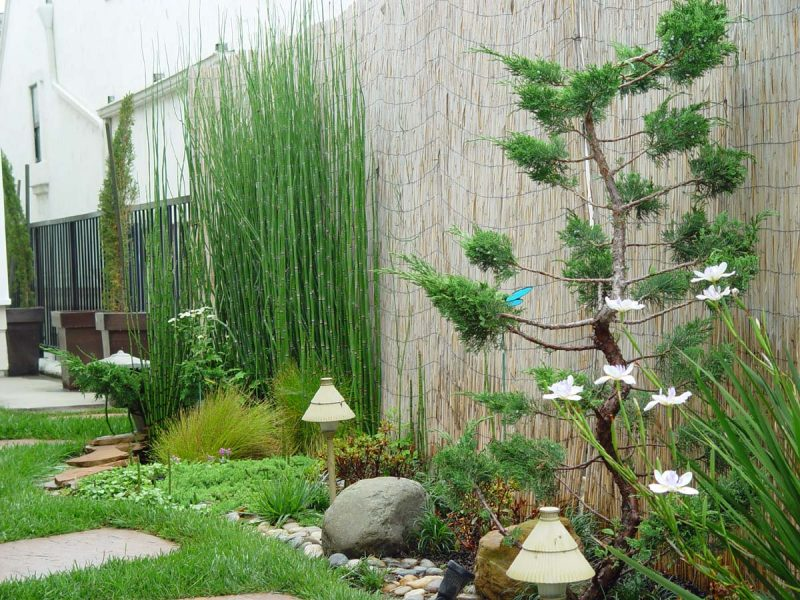Transforming Your Outdoor Oasis: The Art of Landscaping
When it comes to enhancing the beauty and functionality of your outdoor space, few things can compare to the transformative power of landscaping. Landscaping is not just about planting flowers and mowing lawns; it’s an art form that combines nature and design to create a harmonious and inviting environment. Whether you have a sprawling backyard or a tiny balcony, the principles of landscaping can be applied to any space, big or small. In this article, we will explore the world of landscaping and discover how it can turn your outdoor area into a unique and captivating oasis.
At its core, landscaping is about creating a balance between the natural elements and human intervention. It involves careful planning, creativity, and a deep understanding of the surrounding environment. A skilled landscaper can work wonders by manipulating elements such as plants, trees, water features, hardscapes, and lighting to craft a visually stunning and functional outdoor space.
One of the fundamental aspects of landscaping is the use of plants. They are the building blocks that bring life and color to any landscape. From vibrant flowers to lush green foliage, plants can be strategically placed to create focal points, define boundaries, or provide privacy. A well-designed plant selection takes into account factors like climate, soil conditions, and maintenance requirements, ensuring that your garden thrives all year round.
In addition to plants, hardscapes play a crucial role in landscaping. These are the non-living elements such as patios, decks, pathways, and retaining walls. Hardscapes provide structure, define areas, and offer functional spaces for outdoor activities. By using a variety of materials like stone, wood, or concrete, you can add texture and visual interest to your landscape. For example, a flagstone patio surrounded by a lush garden creates a serene retreat for relaxation and entertainment.
Water features are another hallmark of landscaping that can add a touch of tranquility and elegance to any outdoor space. Whether it’s a bubbling fountain, a cascading waterfall, or a serene pond, water features create a sense of calm and serenity. The sound of flowing water can drown out noise pollution and provide a soothing ambiance. Additionally, water features can attract birds and other wildlife, adding an element of biodiversity to your landscape.
Another aspect of landscaping often overlooked is lighting. Outdoor lighting can dramatically transform the look and feel of your space, extending its usability well into the evening hours. With the right lighting techniques, you can create a warm and inviting atmosphere, accentuate architectural features, and highlight specific areas of interest. From subtle pathway lights to dramatic uplighting, the possibilities are endless when it comes to illuminating your landscape.
Landscaping is not only about aesthetics; it can also provide numerous practical benefits. Well-planned landscaping can improve drainage, prevent soil erosion, and reduce the heat island effect in urban areas. By strategically planting trees and shrubs, you can create shade, reducing the need for air conditioning during hot summer months. Landscaping can even increase the value of your property, making it a worthwhile investment.
In conclusion, landscaping is an art form that can transform your outdoor space into a unique and captivating oasis. By carefully combining elements such as plants, hardscapes, water features, and lighting, you can create a visually stunning and functional landscape that reflects your personality and lifestyle. Whether you have a small balcony or a vast backyard, the principles of landscaping can be applied to any space, allowing you to make the most of your outdoor area. So, unleash your creativity, connect with nature, and embark on the journey of transforming your outdoor oasis through the wonders of landscaping.

